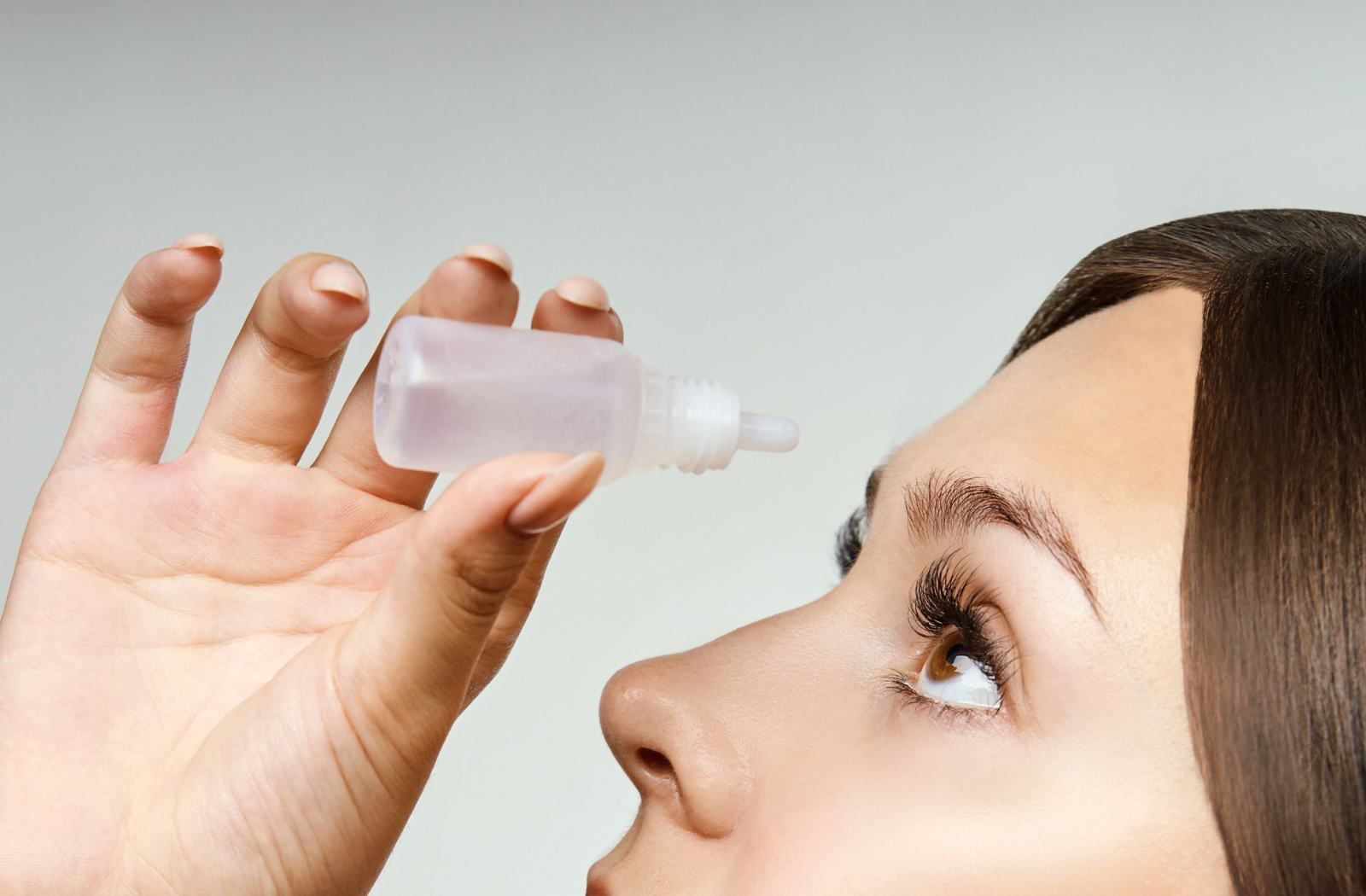Myopia, more commonly known as nearsightedness, is extremely common. It’s often most recognized by how it affects your ability to see distant objects, and it can have a significant impact on your life if you leave it unaddressed. Fortunately, it can be caught during a regular eye exam, and your optometrist can recommend some type of myopia control. But can myopia be fixed entirely?
Nearsightedness can be fixed permanently through corrective surgery. However, not everyone is a candidate, so you’ll need a consultation with your optometrist to find out if it’s a potential fix for your vision. It’s much more common to treat nearsightedness with eyeglasses and contact lenses to manage symptoms throughout the day.
What Is Nearsightedness?
Your eye is a lot more complex than you might think. When everything’s working properly, it refracts light through the clear front lens. This light reaches a point on the retina before being sent along to the brain. This is your visual system.
Sometimes, a problem can develop along the way. When the eye isn’t shaped right, this light doesn’t focus where it needs to go. This is called a refractive error.
Nearsightedness, clinically known as myopia, is a common type of refractive error. It develops when the sphere of your eye is longer than it is wide, or when the cornea grows to be too curved for the shape of the eye. It causes light to focus elsewhere in the eye, so the information your brain receives is blurry. The further away an object is, the blurrier it gets—hence “nearsightedness.”
It typically develops around the age of 4 or so and progresses until early adulthood. During this progression, the eye continues growing, and usually, vision gets worse.
Fortunately, nearsightedness is extremely treatable!
Early Treatment for Nearsightedness
When it comes to treating nearsightedness, early intervention is key. It all starts with regular visits to your optometrist so they can monitor how the condition is progressing. Then, they’ll be able to recommend a type of myopia control aiming to slow how far your myopia will progress
Once they have an in-depth understanding of your eye, they’ll likely recommend one of the following:
- Atropine eye drops
- Orthokeratology
- MiSight
Atropine Eye Drops

Atropine eye drops help to dilate the pupil. They typically have a small concentration of atropine—typically about 0.001%—to minimize any side effects while still getting the benefits of the drops. They make it more difficult to focus on nearby objects, which may potentially slow how long the eye grows.
Orthokeratology
Orthokeratology, often called ortho-k, is a unique and innovative approach to myopia control. You wear special contact lenses overnight to temporarily reshape the eye, and take them out in the morning. Over the next day, the eye retains this shape before slowly reverting back to normal. While the eye is reshaped, you’ll have clear vision!
MiSight
MiSight treatment utilizes specialty contact lenses worn throughout the day. While they still provide clear vision, these lenses have a unique approach.
Think of a bullseye with rings radiating out from the center. This is how MiSight lenses are designed. Each of these rings has a different focusing power—the middle focuses light so you can see while the outer rings redirect peripheral light. This forces a state called “peripheral defocus” and can actually reduce myopia progression over time by roughly 50%!
How Lenses Can Help Nearsightedness
Corrective lenses, like eyeglasses or contact lenses, are the most common solution for nearsightedness. Remember that the shape of the eye is the problem with myopia—light can’t focus properly and doesn’t reach the exact point it needs to.
Contacts and eyeglasses change the angle at which light enters your eye so it’ll focus correctly on your retina. Some people only need to wear them occasionally, while others need to wear them every waking hour. Every person’s eye is different, so you’ll need to visit your optometrist to get an accurate prescription for your lenses.
Can Corrective Surgery Permanently Fix Nearsightedness?
While corrective lenses are a great option, there is a permanent solution for myopia: corrective surgery like LASIK. This process has a trained surgeon change the shape of your eye’s lens to properly focus light again.
However, there’s a catch. Not everybody is a proper candidate for LASIK. There are some factors that can affect whether or not you qualify, including:
- You must be over the age of 18
- Your current prescription should be stable for at least 2 years, as this indicates that your eyes are much less likely to change
- Your overall health, as some medical conditions make this procedure too risky
- The thickness of your cornea
- If you’re pregnant or nursing, as hormonal fluctuations can affect the eyes
- Your occupation, as some professions—like pilots—restrict corrective surgeries
It can be complicated to determine whether or not you’ll qualify for LASIK, making it essential to seek the advice of a trained eye care professional. Fortunately, you can schedule a laser eye surgery consultation with your optometrist where they can thoroughly check your eyes.
How Does LASIK Work?
LASIK can be an incredible way to address nearsightedness. During the procedure, your surgeon will go through several steps:
- The surgeon will create a small incision to create a covering flap over the cornea using a special laser.
- The flap is lifted to expose the cornea.
- The exposed cornea is reshaped, with microscopic amounts of tissue removed to change its shape.
- The flap is repositioned back to cover the cornea.
- The flap naturally adheres to the cornea and begins healing without the need for stitches or sutures.
- The first step involves the use of a protective flap to cover the cornea. This is done using a microkeratome or a femtosecond laser. Once the flap has been created, it is gently lifted to expose the underlying cornea.
Once the procedure is done, you’ll likely experience light sensitivity for the first few hours. Your optometrist may also prescribe eye drops to aid in healing and prevent infection. You’ll likely have to return for a follow-up examination several times over the next few weeks.
Then, once you’re healed, you should have clear vision without the need for vision correction of any kind!
Where to Get Help for Your Vision
Here at Family EyeCare Center Optometry, we’re committed to helping you with your nearsightedness. Whether you’re thinking about contacts, eyeglasses, or laser surgery, we’re here to help. Book an appointment with us today!



